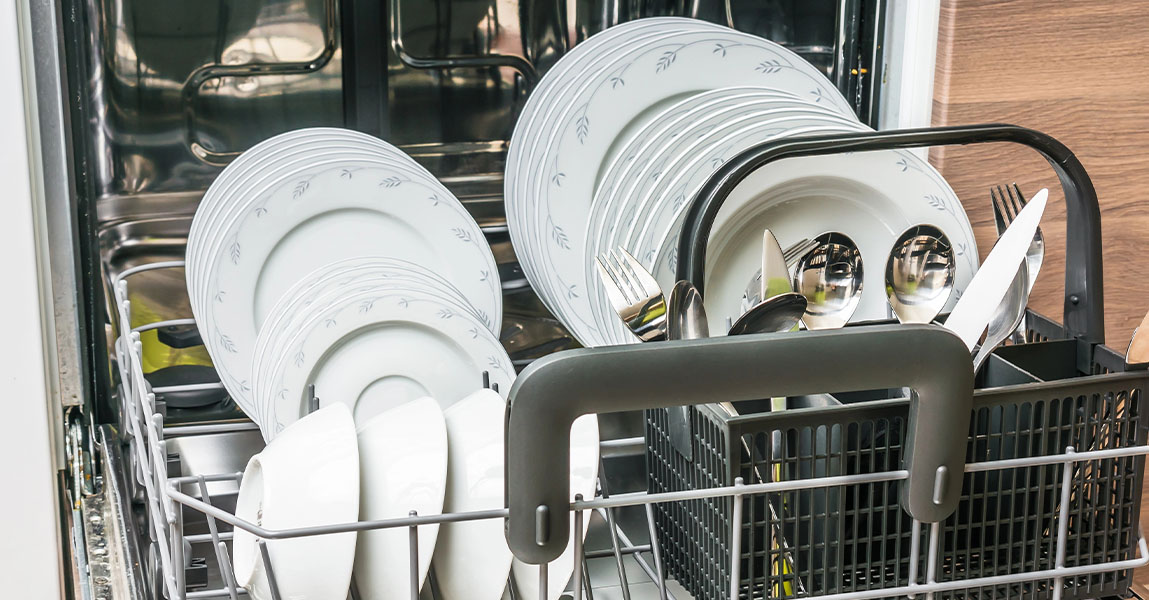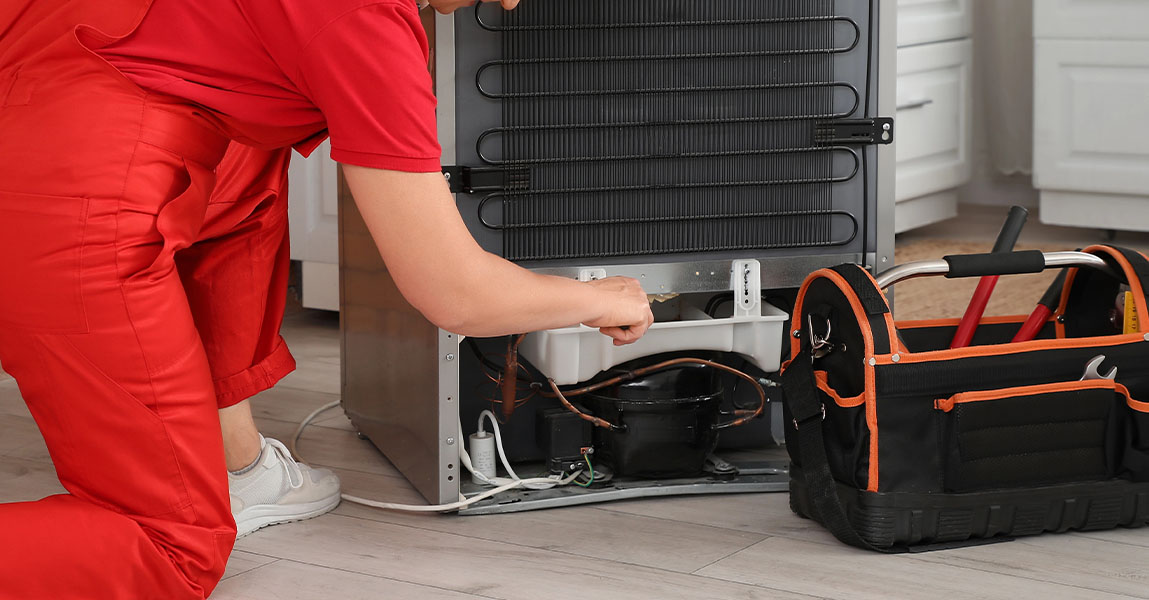When our oven cooks unevenly, it can make simple meals frustrating. Food comes out burnt on one side and undercooked on the other. We often think it is just a cooking mistake, but most of the time the oven itself is to blame. Let’s look at why this happens and what we can do about it.
Check the Oven Racks
Placement of the racks changes how food cooks. If we always keep the rack too close to the top, dishes will burn on top while the bottom stays raw. On the other hand, placing it too low can cause burnt bottoms and pale tops.
We should test different rack positions for the type of food we are cooking. For example, cookies often bake best in the middle, while pizza might need to be closer to the bottom. Small adjustments often solve uneven cooking before larger repairs are needed.
Test the Oven Temperature
Sometimes the oven runs hotter or colder than the dial shows. That is to say, the thermostat may not match the actual heat inside. Using an inexpensive oven thermometer can show us the truth.
We can preheat the oven and compare the dial setting to the thermometer. If the numbers do not line up, we may need to recalibrate the thermostat. When the difference is large, it may require expert help. For deeper solutions, some households schedule appliance repair in Calgary when home checks do not fix the issue.
Inspect the Heating Elements
Both gas and electric ovens rely on heating elements. In electric ovens, one is usually at the top for broiling and one at the bottom for baking. If one fails, heat will not spread evenly.
We should look at them while the oven is on. A working element glows red across the full surface. If it shows dark patches, it may not be heating correctly. Replacing a damaged element often restores balanced cooking, but only when done safely.
Clean the Oven Interior
Baked-on grease and food can block airflow and heat circulation. As a result, certain areas of the oven heat up more than others. Regular cleaning makes a difference in even cooking.
Instead of harsh chemicals, we can use baking soda and water paste for safe scrubbing. Cleaning the fan area and vents matters most. If airflow remains blocked after cleaning, it could mean the fan motor is failing. At that point, we may want to explore oven stove repair in Calgary to restore proper function.
Rotate and Adjust Cookware
Even a healthy oven can cook unevenly if the cookware does not distribute heat well. Thin pans heat quickly, while heavy pans hold steady heat. We should rotate trays halfway through baking, especially for large dishes.
Using light-colored metal pans instead of dark ones can also prevent burning. Glass pans often cook food faster, so lowering the temperature slightly helps. Adjusting cookware is a small habit that prevents uneven results without changing the oven itself.
Consider the Convection Setting
Many modern ovens have a convection mode that uses a fan to move hot air around. This setting helps food cook evenly by removing hot and cold spots.
We should try baking the same dish once with convection and once without. The difference is often noticeable. However, convection usually requires reducing the temperature or cooking time. Learning how to use it properly keeps food from burning while ensuring it cooks through.
Know When Repairs Are Needed
If we test racks, temperature, elements, cleaning, cookware, and convection with no success, it is a sign of a deeper fault. Burnt food in only certain spots often means electrical problems, wiring damage, or sensor failures.
At this stage, we should not ignore the problem. It can waste energy and damage food. More importantly, hidden electrical faults are a safety risk. Our team recommends professional checks if uneven cooking continues. Reaching out through contact us makes sure help comes before the problem worsens.
Extra Tip: Check Door Seals
One area often overlooked is the door seal. If it does not close tightly, heat escapes and the oven compensates by overcooking in some zones. We can test it by placing a piece of paper in the door and closing it. If the paper pulls out easily, the gasket is worn. Replacing it is a low-cost repair that restores consistent cooking.
FAQ
Why does my oven burn one side of the food?
This often happens when heating elements fail or airflow inside the oven is blocked. Testing the elements and cleaning the fan area can help.
Can uneven cooking be caused by my pans?
Yes, thin or dark pans heat differently and can cause burnt edges. Switching to heavier, light-colored pans often improves results.
How do I know if my oven thermostat is faulty?
Use an oven thermometer to compare the set temperature with the actual heat. A large difference points to thermostat issues.
Should I always use convection mode?
Not always. Convection helps with even baking but requires adjusting temperature and cook time. It is best for larger items or multiple trays.
When should I call for professional help?
If cleaning, testing, and adjusting cookware do not fix the problem, it is time for repair. Persistent uneven heating may mean electrical or sensor faults that need expert service.






